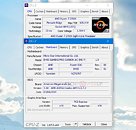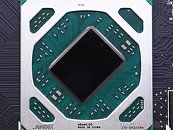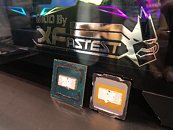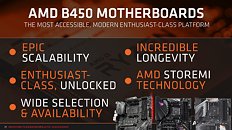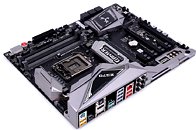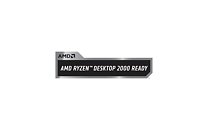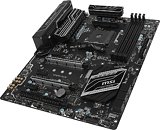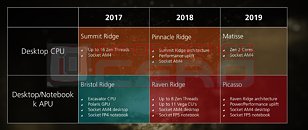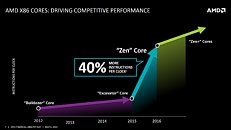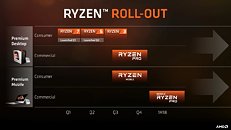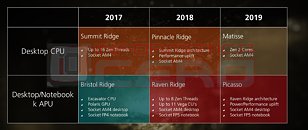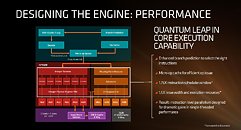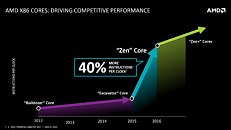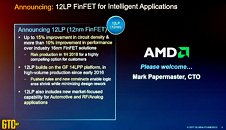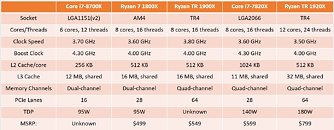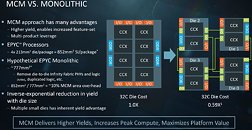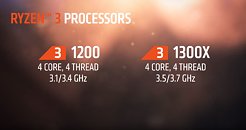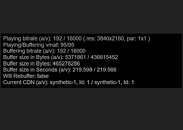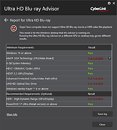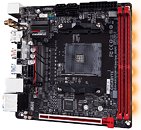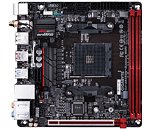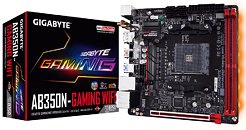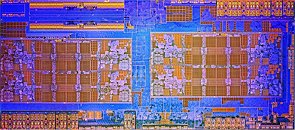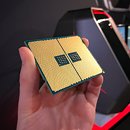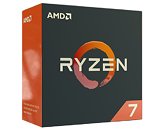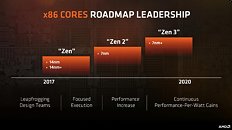
BIOS ROM Size Limitations Almost Derail AMD's Zen2 Backwards Compatibility Promise
AMD succeeded in delivering on its backwards-compatibility promise for the 3rd generation Ryzen processors on motherboards based on AMD 300-series and 400-series chipsets. This promise was very close to being derailed suggests a community thread on MSI forums. According to MSI representatives active on the forum, the capacity of the SPI flash EEPROM chip that stores the motherboard UEFI firmware is woefully limited to cram in the AGESA ComboAM4 1.0.0.3a microcode on many of its motherboards.
The company had to make several changes to its UEFI BIOS package that's currently being circulated as a "beta," to accommodate support for 3rd generation Ryzen processors along with AGESA ComboAM4 1.0.0.3a. First, it had to kick out support for A-series and Athlon processors based on the 28 nm "Bristol Ridge" silicon. Second, it had to [and this is a big one], kick the RAID module, breaking SATA RAID on many of its motherboards. Third, it had to replace its feature-rich Click BIOS 5 setup program with a barebones "GSE Lite" Click BIOS program, which lacks many of the features of the original program, and comes with a dull, low-resolution UI. This program still includes some essential MSI-exclusive features such as A-XMP (which translates Intel XMP profiles to AMD-compatible settings), Smart Fan, and M-Flash.
The company had to make several changes to its UEFI BIOS package that's currently being circulated as a "beta," to accommodate support for 3rd generation Ryzen processors along with AGESA ComboAM4 1.0.0.3a. First, it had to kick out support for A-series and Athlon processors based on the 28 nm "Bristol Ridge" silicon. Second, it had to [and this is a big one], kick the RAID module, breaking SATA RAID on many of its motherboards. Third, it had to replace its feature-rich Click BIOS 5 setup program with a barebones "GSE Lite" Click BIOS program, which lacks many of the features of the original program, and comes with a dull, low-resolution UI. This program still includes some essential MSI-exclusive features such as A-XMP (which translates Intel XMP profiles to AMD-compatible settings), Smart Fan, and M-Flash.


